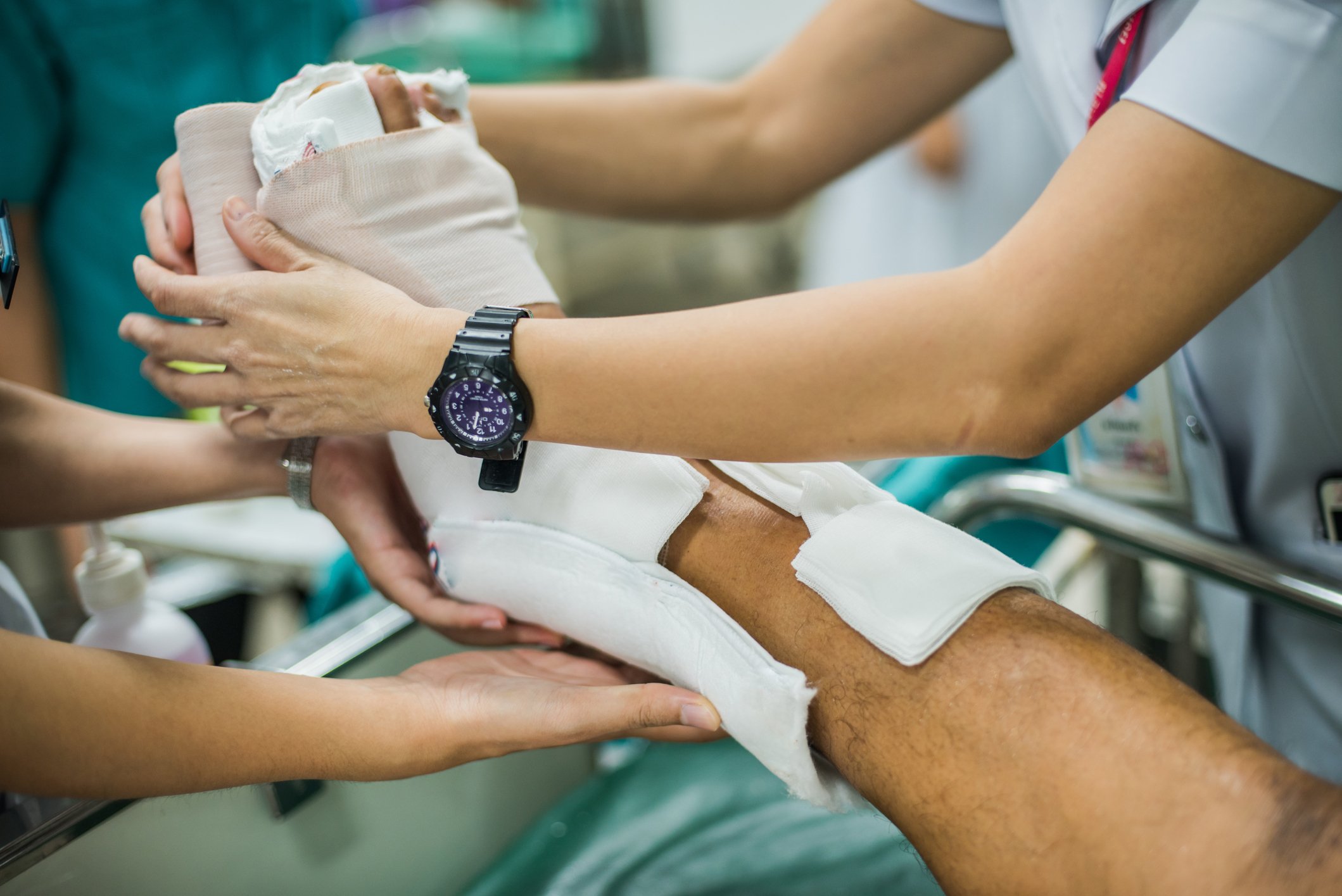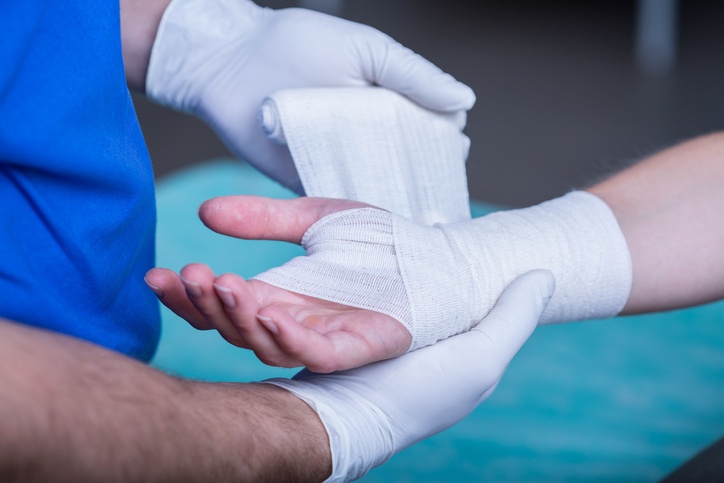Whether you need ACL surgery as the result of a sports injury or because of another type of accident, the recovery timeline is similar for most people. A full recovery, including the return to your pre-injury condition, with full range of motion and stability in the knee joint, usually takes six months.1 However, it’s important to understand that recovery timelines may vary.
Read More >Game Ready

Recent Posts
How Long Does ACL Surgery Recovery Take?
Signs & Symptoms of a Rotator Cuff Injury
A torn rotator cuff is a common shoulder injury that may be caused by repeated movements while someone is playing sports or performing a job function. With repeated motion, the muscles and tendons that surround the shoulder socket may tear. Other common causes of a torn rotator cuff include falling, or lifting or pulling a heavy object.1
Read More >4 Common Signs and Symptoms of a Torn Rotator Cuff
A torn rotator cuff is a common shoulder injury that may be caused by repeated movements while someone is playing sports or performing a job function.
Read More >Sympathy for the Ankle: 5 Home Treatments for a Sprain
Pleased to meet you … guess you’ve got a sprain.
If it helps, you’re probably not alone. About two million people in the U.S. sprain an ankle every year. And although exercising regularly is good for your health, it also puts you at higher risk for an ankle sprain. In fact, it’s one of the most common injuries among people who play sports, and the most common injury for college athletes.i
What to Do for A Pulled Back Muscle: 8 Early Signs and Symptoms
A pulled muscle in your lower back, upper back, or neck is uncomfortable and can be inconvenient, especially if you are an athlete or lead an active life.
Read More >5 Tips for Spinal Fracture Treatment and Recovery
A spinal fracture is a painful and potentially serious injury. Both trauma, such as from an accident or fall, and diseases that weaken bones, such as osteoporosis, can fracture the spine.1 Some of the symptoms associated with a spinal fracture may include:
Read More >4 Ankle Surgery Recovery Methods For You to Try
Ankle surgery recovery takes time—typically at least six weeks, depending on the type of surgery and the severity of the injury.1 Recovery downtime is inevitable, but there are steps you can take to help move along the healing process.
Read More >How Long Will Wrist Surgery Recovery Take?
Like with any type of injury, wrist surgery recovery time will vary depending on the type of injury, the type of surgery, and the general health of the individual before the operation. For most people, wrist surgery recovery times range from a few weeks to several months. The bone itself may heal within a month or two, but fully recovering from the surgery or the injury can take 4 to 6 months.1 Consult with your doctor to get a more specific recovery timetable for yourself.
Read More >5 Ways to Help Speed Up Groin Strain Recovery Time
A groin strain injury can happen to anybody, but it is most common in athletes, and particularly those who play soccer, football, or hockey.1 The injury happens when the muscles in the groin area contract too suddenly, causing a painful stretch or tear in the muscle tissue.2 How do you know if you have a groin strain injury?
Read More >Pain Management and the Opioid Crisis in the News
The opioid crisis is a hot topic in both mainstream and pain management news, which is not surprising considering the dramatic increase in opioid-related deaths in recent years. One study published in the JAMA Network Open found that U.S. deaths attributable to opioids increased 292 percent between 2001 and 2016.1 This same study reported that in 2016, 20 percent of the deaths of adults ages 24-35 involved opioids.
Growing awareness of the opioid crisis has prompted medical professionals to generate potential solutions, primarily by coming up with alternatives for pain management. These four stories highlight the various ways the medical industry is responding to the crisis through innovation, cooperation, and new policies.
Read More >SUBSCRIBE VIA EMAIL
POPULAR ARTICLES
RECENT ARTICLES
POSTS BY TOPIC
- ACL (3)
- injury recovery (3)
- pulled back muscle (3)
- Groin (2)
- Sprain (2)
- Upper Extremity Injuries (2)
- Wrist recovery (2)
- acl surgery recovery (2)
- ankle injuries (2)
- athletes (2)
- back injury (2)
- cold and compression therapy (2)
- cold therapy systems (2)
- cryotherapy (2)
- fractures (2)
- injury (2)
- pain medication (2)
- shoulder surgery (2)
- spinal cord injury recovery (2)
- testimonial (2)
- wrist surgery (2)
- ACL injuries (1)
- Rotator Cuff (1)
- active compression and cold therapy (1)
- back pain (1)
- compression (1)
- cryotherapy systems (1)
- hip (1)
- lymphatic flow (1)
- muscle strain (1)
- pain relief (1)
- physical therapy (1)
- post-op edema (1)
- post-surgery pain (1)
- professional cold compression wraps (1)
- reduce swelling (1)
- rotator cuff injury (1)
- rotator cuff recovery (1)
- rotator cuff surgery (1)
- shoulder exercises (1)
- shoulder injury (1)
- sports injuries (1)
- strains (1)
- stretches (1)
- surgery (1)
- surgery recovery (1)
- swelling (1)
- tennis injuries (1)
- tissue healing (1)
- upper extremity surgery (1)
- upper extremity surgery recovery (1)
- wrist injury (1)
- wrist surgery recovery (1)












